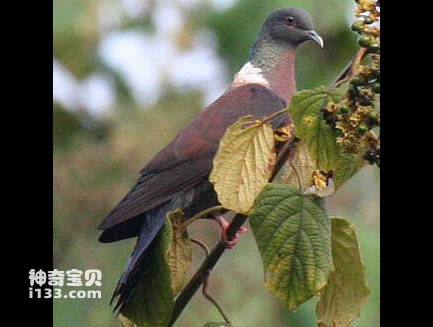
Columba iriditorques
Columba iriditorques,Western Bronze-naped Pigeon
The species Columba iriditorques, Western Bronze-naped Pigeon, is unknown.Li···

Columba delegorguei
Columba delegorguei,Eastern Bronze-naped Pigeon
Columba delegorguei, Eastern Bronze-naped Pigeon, unknown.Listed in the Inte···
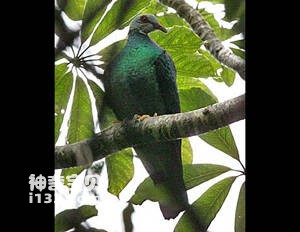
Columba pallidiceps
Columba pallidiceps,Yellow-legged Pigeon
The Yellow legged Pigeon is known as Columba pallidiceps or yellow-legged pi···
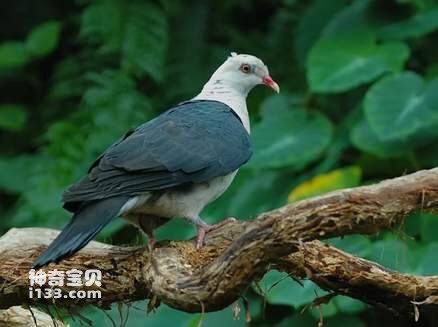
Columba leucomela
Columba leucomela,White-headed Pigeon
The White-headed Pigeon is Columba leucomela or white-headed Pigeon, but its···
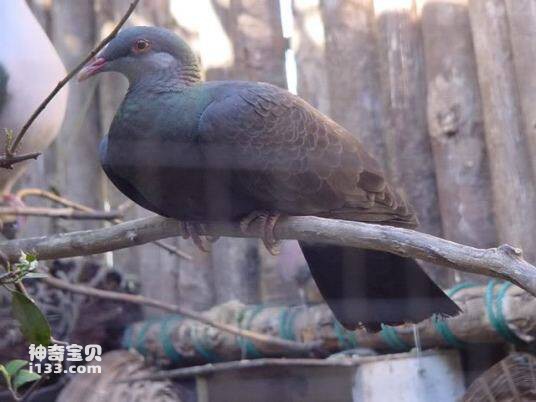
Columba vitiensis
Columba vitiensis,White-throated Pigeon
Columba vitiensis, also known as White-throated Pigeon, is unknown.It is lis···
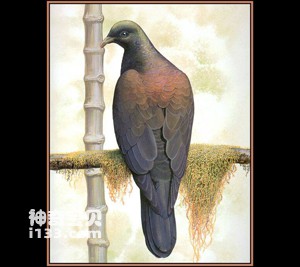
Columba versicolor
Columba versicolor
Columba versicolor, also known as the Ogasawara forest pigeon, is a pigeon u···
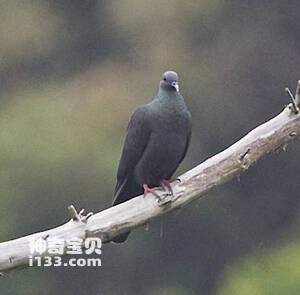
Columba janthina
Columba janthina,Japanese Wood Pigeon
The Japanese Wood Pigeon (Columba janthina) has three subspecies.Black wood ···
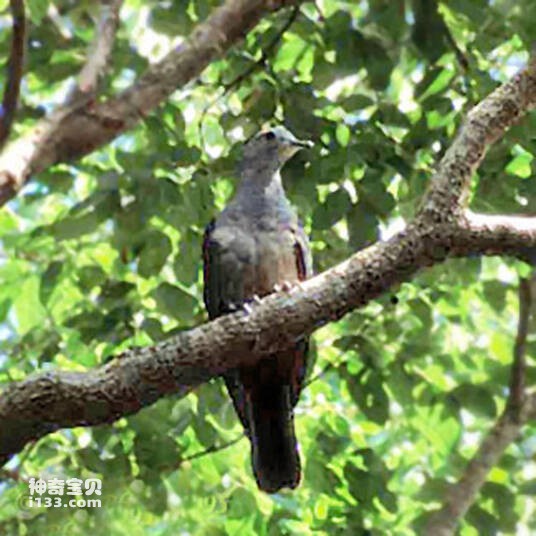
Columba palumboides
Columba palumboides,Andaman Wood-pigeon
The pigeon is Columba palumboides, and the foreign name is Andaman Wood-pige···
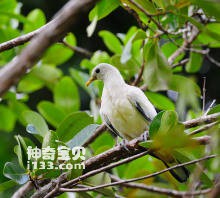
Columba argentina
Columba argentina,Silvery Wood-pigeon
Silvery Wood-pigeon, Columba argentina or silvery wood-pigeon, often lives w···
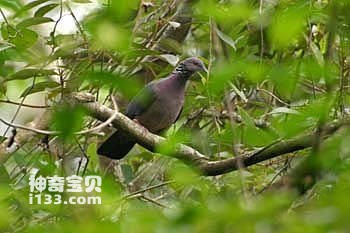
Columba torringtoni
Columba torringtoni,Sri Lanka Wood-pigeon
Columba torringtoni and Sri Lanka Wood-pigeon are unknown.Listed in the Inte···
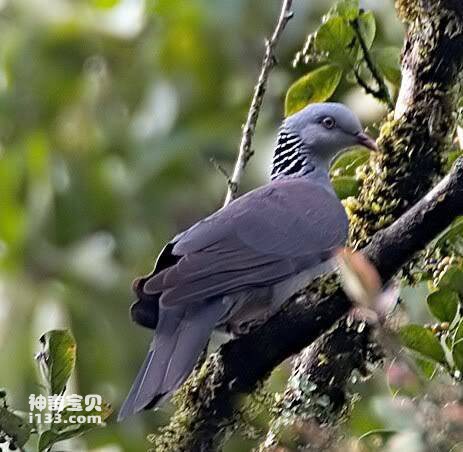
Columba elphinstonii
Columba elphinstonii,Nilgiri Wood-pigeon
Columba elphinstonii, Nilgiri Wood-pigeon, single, in pairs, or in small gro···
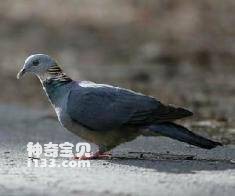
Columba pulchricollis
Columba pulchricollis,Ashy Wood Pigeon
Columba pulchricollis (Columba pulchricollis) is a foreign name Ashy Wood Pi···
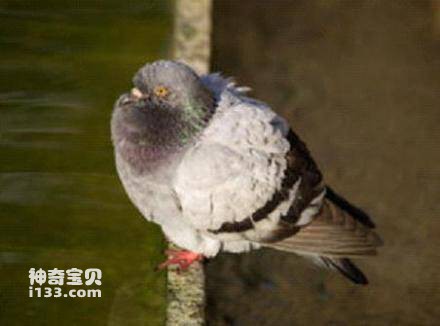
Columba albinucha
Columba albinucha,White-naped Pigeon
Columba albinucha, or White-naped Pigeon, is unknown.Listed in the Internati···
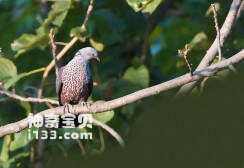
Columba hodgsonii
Columba hodgsonii,Speckled Wood Pigeon
Columba hodgsonii, or Speckled Wood Pigeon, is not known.Listed in the Inter···
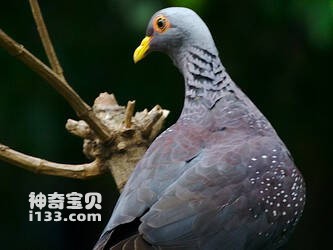
Columba pollenii
Columba pollenii,Comoro Olive-pigeon
The pigeon is Columba pollenii and Comoro Olive-pigeon.Listed in the World C···
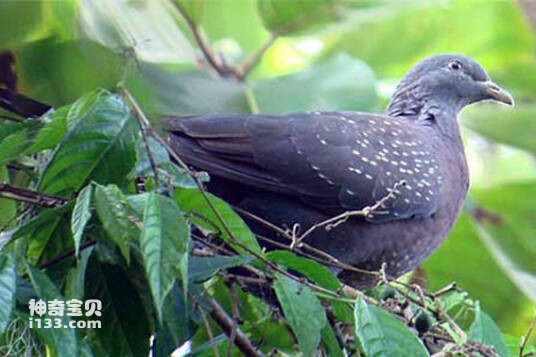
Columba thomensis
Columba thomensis,Maroon Pigeon,Sao Tome Olive-pigeon,Sao Tome Olive Pigeon
The Sao Tome green Pigeon is known as Columba thomensis, Maroon Pigeon, Sao ···
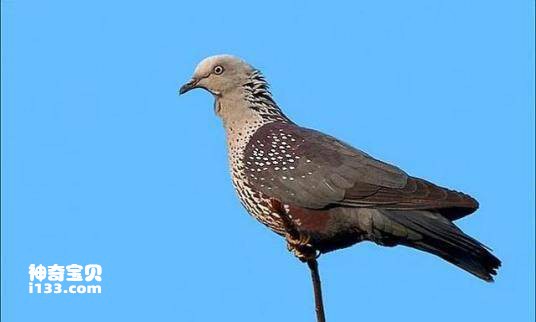
Columbasjostedti
Columbasjostedti
The Cameroonian pigeon is Columbasjostedti, but its specific habits are unkn···
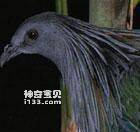
Columba arquatrix
Columba arquatrix
African Olive Pigeon Columba arquatrix, the foreign name of the African Oliv···
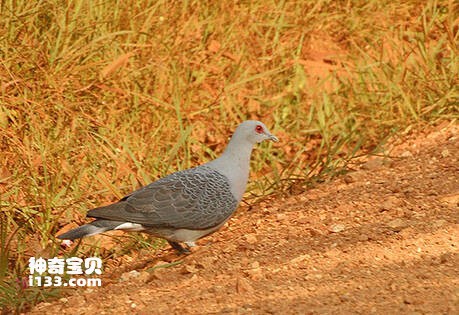
Columba unicincta
Columba unicincta,Afep Pigeon
Columba unicincta, Afep Pigeon, is unknown.Listed in the International Union···
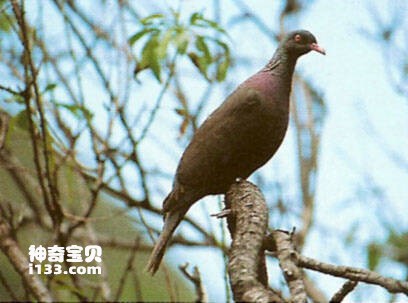
Columba junoniae
Columba junoniae,White-tailed Laurel Pigeon,Laurel Pigeon
Columba junoniae The foreign language is White-tailed Laurel Pigeon, Laurel ···
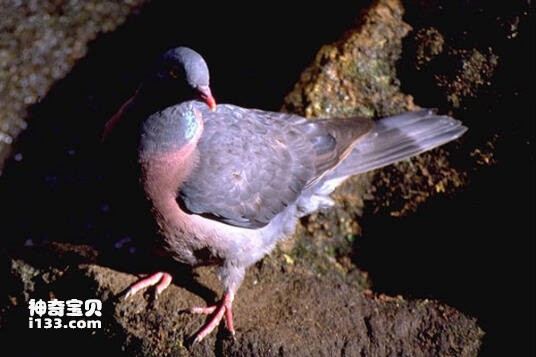
Columba bollii
Columba bollii,Dark-tailed Laurel Pigeon
Its scientific name is Columba bollii, and its foreign name is Dark-tailed L···
